ACL recovery isn’t just about getting through physical therapy—it’s about getting back to sport, safely and confidently. But not all …


ACL recovery isn’t just about getting through physical therapy—it’s about getting back to sport, safely and confidently. But not all …

After ACL surgery, bruising can be a common part of the healing process. For patients recovering from procedures like ACL …

Returning to sport after an injury is a journey filled with anticipation, hope, and significant challenges. Whether you’re four to …
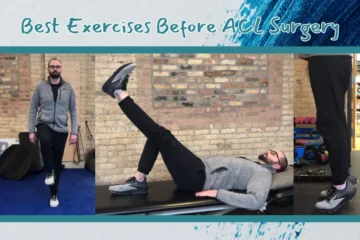
ACL injuries can seem like huge challenges, but the road to rehabilitation offers a chance to strengthen and rebuild. By …
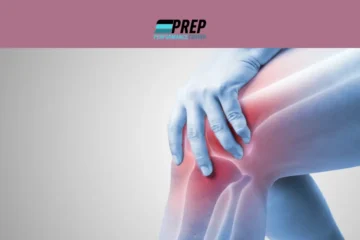
A common challenge many patients face after ACL surgery is limited knee extension. It’s crucial to adhere to the guidelines …
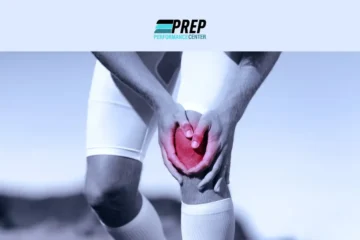
In the first few days following your ACL or knee surgery, you might be wondering what is considered normal and …

The path to recovery following an ACL (Anterior Cruciate Ligament) injury can be difficult, but thanks to technological improvements, a …
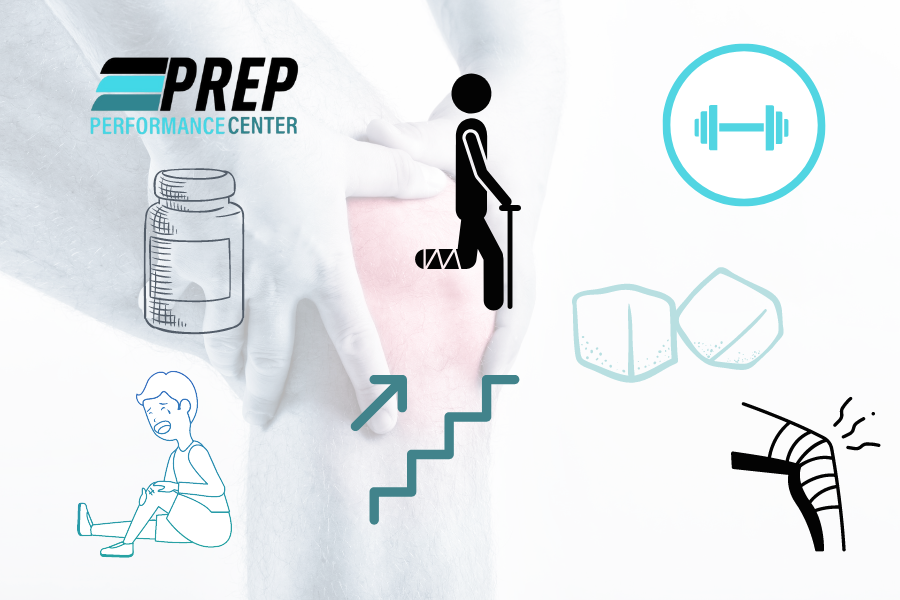
After ACL-R Surgery Knee Extension – After ACL surgery, rehab can be a slow, painful process – but it doesn’t …
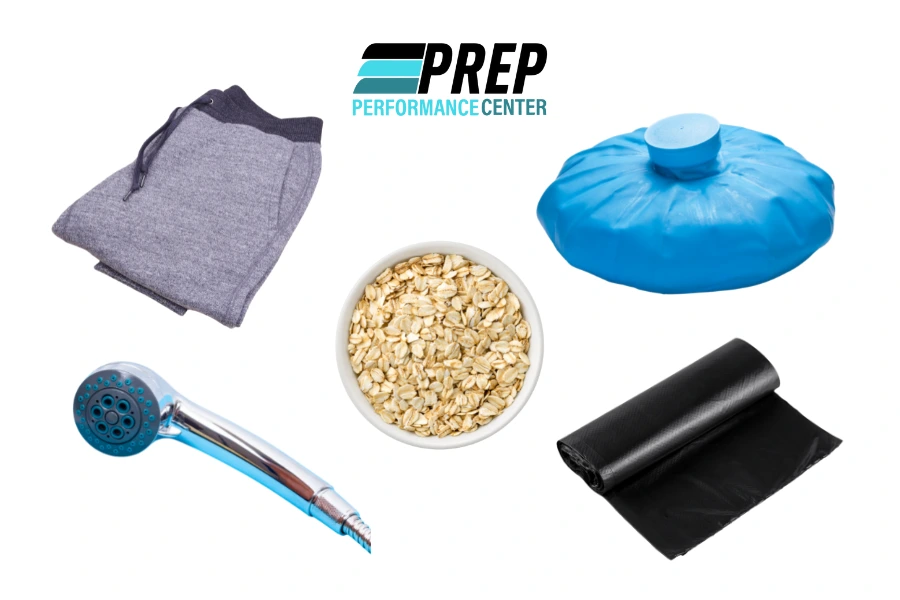
Preparing for ACL surgery can seem intimidating, if not overwhelming. Here are a few suggestions on items you should have …
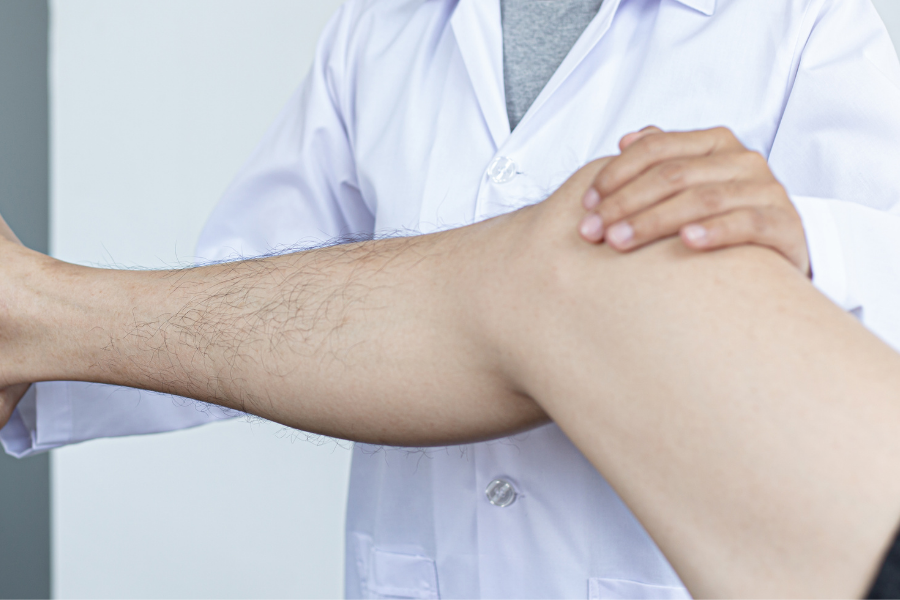
Knee Crack | If you’re recovering from ACL surgery and worried whether the noises from your knee are a warning …
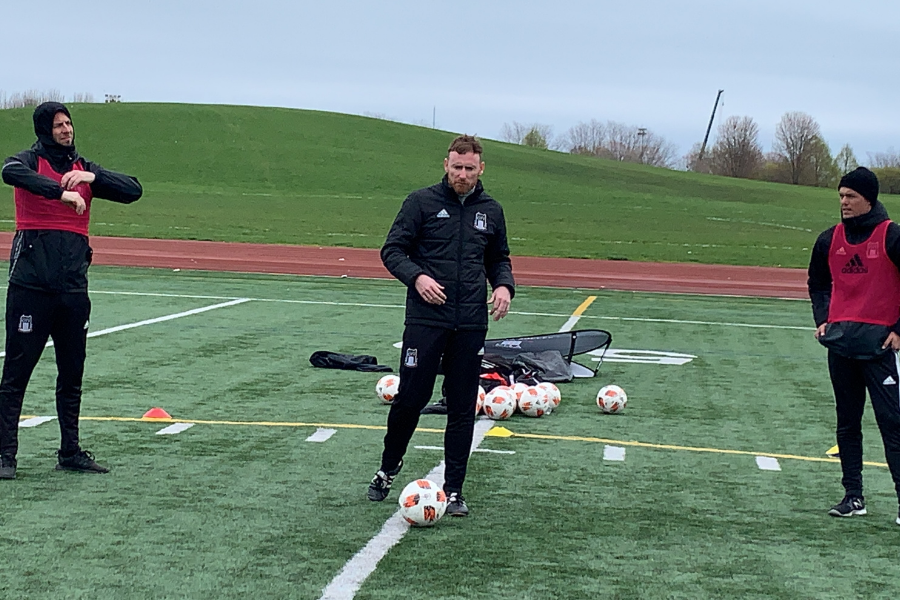
Planning to return to soccer? Returning to sport occurs in multiple and progressive phases that start 3-5 months following surgery. …